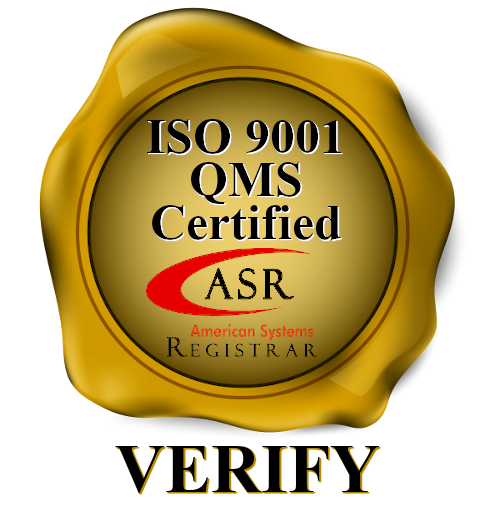Cement manufacturing is a carbon-emitting behemoth, contributing more than 8% of all man-made emissions. Decarbonizing the cement sector poses one of the most difficult challenges in the shift to a low-carbon economy.
Reducing the clinker-to-cement ratio is essential to decarbonize the cement sector.
While there are a few options for decarbonizing cement production, replacing clinker with other green materials is one of the critical approaches. Some of these substitutes, for example, fly ash and slag, are routinely mixed with clinker. However, one of the key challenges this approach faces is how to increase the percentage of these green materials without compromising the strength of the final product.
Greener, stronger at a low-cost, and ready to scale
Now, a new solution thwarts past challenges: the pioneering use of carbon nanotubes (CNTs). Specifically, NTeC™-C, a nanotube hybrid invented by CHASM, boosts the mechanical properties of cement, allowing for the replacement of over 50% of cement clinker with other supplementary cementitious materials (SCMs) like fly ash and slag. The result? Low-carbon, low-cost, high-performance cement with the potential to reduce more than 5 Megatons of CO2 emissions in the U.S. alone.
The solution offers such a significant impact that CHASM is joining forces with the Oak Ridge National Laboratory (ORNL), a Department of Energy (DOE) sponsored research institution advance scalable decarbonization technologies from discovery through deployment.
Take a closer look at NTeC™-C Solutions
The University of Texas Arlington Center for Advanced Construction Materials (CACM) has verified the effectiveness of NTeC™-C. At a CNT loading of 0.1% to 0.15% per weight of cement, CACM noted a significant improvement of its mechanical properties, effectively offsetting any tradeoffs that have plagued previous attempts at replacing more than 20% of the Portland cement with SCMs.
This superior performance creates the opportunity to increase the dosage of Supplementary Cementitious Materials (SCM) like fly ash and slag from 20% to 50% more. As a result, it not only cuts the carbon footprint of concrete by more than 50% but also reduces the cost of cement by more than 30%.
Furthermore, CHASM’s pioneering invention of CNT Hybrids (NTeC™-C) overcomes all major barriers of COST, SCALABILITY, and DISPERSION, enabling the construction industry to adopt this new additive to accelerate its decarbonization.
Profitable decarbonization: What it looks like in practice
To illustrate potential impact of profitable decarbonization, consider these three examples:
-
Example 1: One mile of highway
Around 16,000 cubic meters of concrete with over 6,400 MT of the binding material is needed to complete the job. By deploying only 6.4 MT of NTeC™-C, you save over 2,240 MT of C02. -
Example 2: A typical 0.75 million MT/year OPC plant
The construction requires 1,500 MT of NTeC™-C for one reactor. This alone reduces the C02 per plant by 525,000 MT every year. -
Example 3: A 15-million square-foot semiconductor factory
If the factory floor calls for 15 million cubic feet of concrete and 115 MT of NTeC™-C is applied, it cuts over 59,500 MT of Co2 emissions. That’s the equivalent of removing over 13,000 passenger vehicles per year. The more SCMs that can be used, the greater the decarbonization of concrete.
But there are other benefits too.
- It’s smart: CACM testing shows that the piezoresistive response of mortars made with NTeC™-C cement additives means these additives can be used to enable “smart” concrete, which allows for continuous monitoring of the health of concrete structures. This “self-sensing” ability lays the foundation for an “internet of concrete” approach for proactive life cycle management of critical structures.
- It can enhance alternate green chemistries: NTeC™-C can further be leveraged to substantially boost the properties of alternate green chemistries for cement like LC3 by compensating its drawbacks like “early strength” and enabling faster adoption.
Do you have questions for us about NTeC™-C or wonder how our pioneering use of CNTs could benefit your products? Talk to our field expert today. We are here to help.
Read more:
ORLN, Chasm Partner to Drive Decarbonization of Cement

.jpg)





















